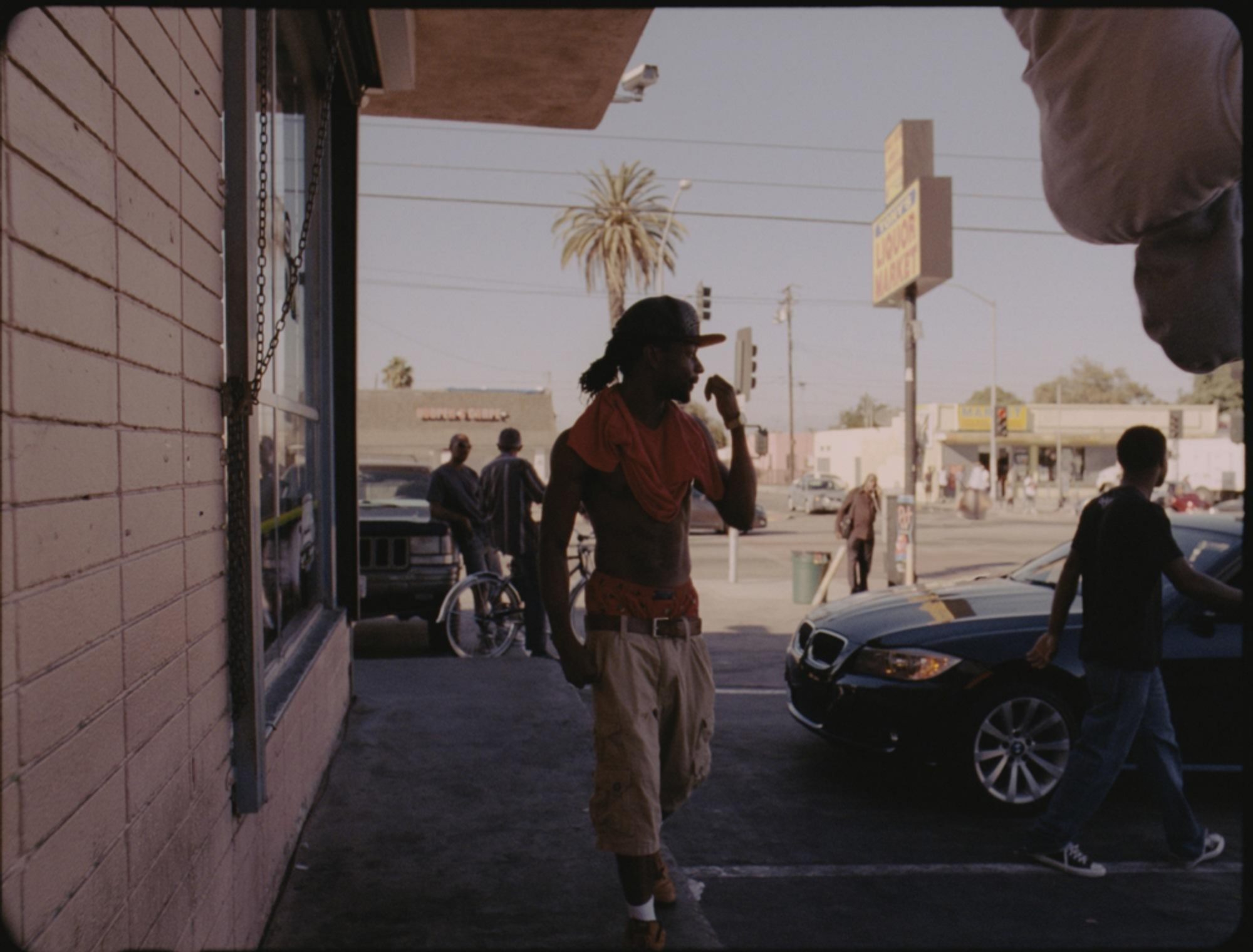
Cinema in Black
“But I think this underrepresentation also an amazing opportunity for us. It’s almost like Silicon Valley in the 80s and 90s: the black community is where all the great ideas are, it’s where the next generation of filmmakers are going to come from, it’s what’s going to save movies. Once we start making movies in the same way that we make music, it’ll be undeniable. Once we’re able to represent ourselves—not even represent ourselves but to express ourselves—in the way that we feel and we think, then I don’t even know what to say. I don’t even know what that’s gonna look like!”
— Kahlil Joseph (music video director and filmmaker)
What is missing from the screens? Is Kendrick Lamar’s Good Kid M.a.a.d City an album or a short film? Does WorldStarHipHop create better representations of Blackness than Hollywood?
Cinema in Black explores representations of Blackness on screen and in text through films and related writing. The class will create an unconventional Black film canon through the appreciation of Black auteurs, including a focus on independent video artists and filmmakers and an exploration of alternative forms such as short online videos and music videos. Via the reading of seminal critical texts and discussions with guests and screenings, students will be asked to think about their own vision of cinema, their style and singular authorship. Students will be asked to experiment with tools they use in their everyday life (smartphones, Instagram and Snapchat Stories) and to write an augmented script. We hope to create a space in which we all can subvert hegemonic images and ways of thinking about Blackness, cinema and art and give birth to new images and new worlds.
Image from good kid, m.A.A.d city, directed by Kahlil Joseph.